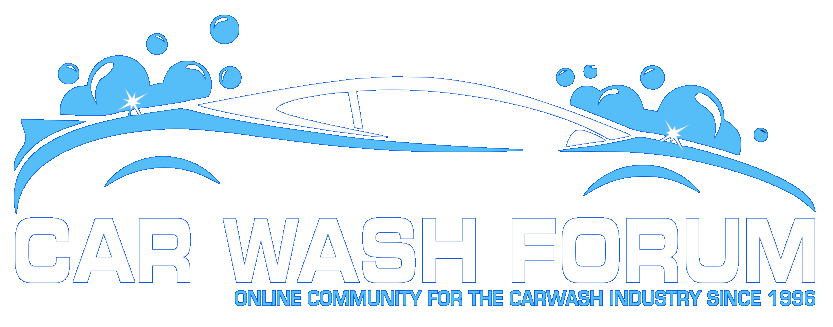“How about attracting a totally different clientele?”
With all due respect, where would this totally different clientele come from?
For example, the customer base for carwash includes homes and businesses in trade area and demand inherent in a stream of traffic. Occupants in area will divide patronage among carwash sites proximate but only a small percent of demand inherent in transient traffic will do the same and only a small percent of this transient traffic would patronize subject property.
Once seasoned, a going concern wash has this track record. To capture more market share at this point, the operator would need to improve customer attraction rate and/or customer
loyalty rate.
For example;
“I installed a second different machine and saw a net improvement of 30%. 30% I didn't get before and no...our automatic was NOT at full capacity.”
So where did the 30 percent improvement come from?
One thing is fairly certain; the second in-bay did not cause the population of the area to increase (new demand).
Most likely the improvement came from capturing driveway washers, capturing competition business, cross-over from wand-users, recapturing old in-bay customers, etc.
While this may be “new” demand for you, it was already there before you were.
Another possibility is that your existing customers are washing more frequently as in higher customer
loyalty rate (i.e. offering a new or improved attributes and benefits).
An example of attracting a totally different clientele would be to convert your business model from self-service to full-service. Of course, this would not be “new” demand either because these folks are also all ready buying all the full-service they need somewhere else.



